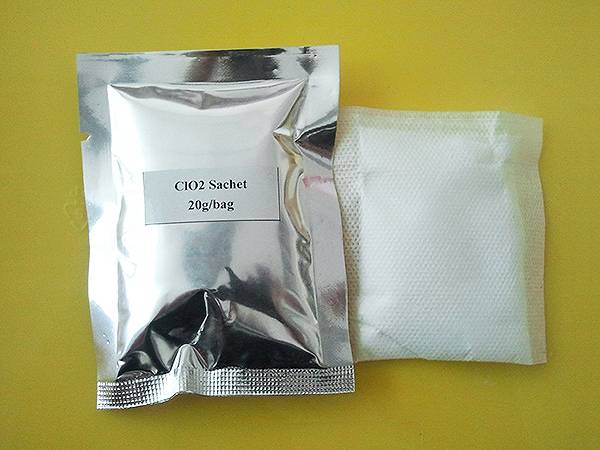



na2s2o8 msds
Understanding the Safety Data Sheet (SDS) for Sodium Persulfate (Na2S2O8)
Sodium persulfate, chemically represented as Na2S2O8, is a widely used oxidizing agent in various industrial applications, including polymer production, textile processing, and water treatment. Given its significant presence in the marketplace, it is vital for users to understand its properties, safety measures, and handling instructions, as outlined in its Material Safety Data Sheet (MSDS), now referred to as Safety Data Sheet (SDS). This document serves as a comprehensive guide to the safety and handling of sodium persulfate.
Chemical Properties and Composition
Sodium persulfate appears as a white crystalline solid and is highly soluble in water. As an oxidizer, it is known to decompose upon heating to liberate oxygen, which can support combustion. It has a molecular weight of 238.1 g/mol and is commonly produced for commercial purposes in its dry form. Its reactivity makes it an effective initiator in polymerization reactions and a powerful bleaching agent.
Potential Hazards
The SDS for sodium persulfate highlights several potential hazards associated with its handling. It is classified as an oxidizer (Category 2) and can cause severe skin and eye irritation upon contact. Inhalation of the dust can lead to respiratory tract irritation. Prolonged exposure or high concentration can exacerbate these effects, underlining the importance of adhering to safety guidelines during use.
Sodium persulfate has a relatively low acute toxicity, but as with many chemicals, excessive exposure can lead to detrimental health effects. Therefore, it is crucial for employees in industrial settings to be trained in proper handling procedures when dealing with this substance.
First Aid Measures
na2s2o8 msds

In the event of exposure, immediate actions should be taken as outlined in the SDS. If sodium persulfate comes into contact with the skin, it is essential to wash the affected area thoroughly with soap and water. If irritation persists, seeking medical attention is advisable. In case of eye contact, flushing the eyes with plenty of water for at least 15 minutes is necessary, followed by immediate medical consultation. If inhaled, moving the affected person to fresh air and seeking medical help if symptoms persist is recommended.
Safe Handling and Storage
The SDS emphasizes the need for safe handling practices to minimize risks. Sodium persulfate should be stored in a cool, dry place, away from direct sunlight and incompatible materials such as reducing agents and flammable substances. Containers holding sodium persulfate must be tightly sealed to prevent moisture absorption, as it can degrade the substance's effectiveness.
Appropriate personal protective equipment (PPE) should be used, including gloves, goggles, and dust masks, especially during handling to mitigate exposure risks. Work areas should be well-ventilated to reduce inhalation of dust and fumes.
Environmental Considerations
Sodium persulfate poses environmental hazards if released into the environment. Therefore, measures should be in place to prevent accidental spills and leaks. In the event of a spill, the SDS provides guidelines for containment and cleanup, emphasizing the need to avoid releasing the substance into waterways.
Conclusion
The SDS for sodium persulfate serves as an invaluable resource for providing essential information regarding the safe handling, exposure risks, and first aid measures associated with this chemical. A comprehensive understanding of these factors not only ensures the safety of personnel working with sodium persulfate but also protects the environment. Industries utilizing sodium persulfate must prioritize compliance with safety guidelines outlined in the SDS to minimize hazards and ensure a safe working atmosphere. Proper training, protective measures, and adherence to storage protocols are fundamental in mitigating risks associated with this potent oxidizing agent.
-
Why Sodium Persulfate Is Everywhere NowNewsJul.07,2025
-
Why Polyacrylamide Is in High DemandNewsJul.07,2025
-
Understanding Paint Chemicals and Their ApplicationsNewsJul.07,2025
-
Smart Use Of Mining ChemicalsNewsJul.07,2025
-
Practical Uses of Potassium MonopersulfateNewsJul.07,2025
-
Agrochemicals In Real FarmingNewsJul.07,2025
-
Sodium Chlorite Hot UsesNewsJul.01,2025










